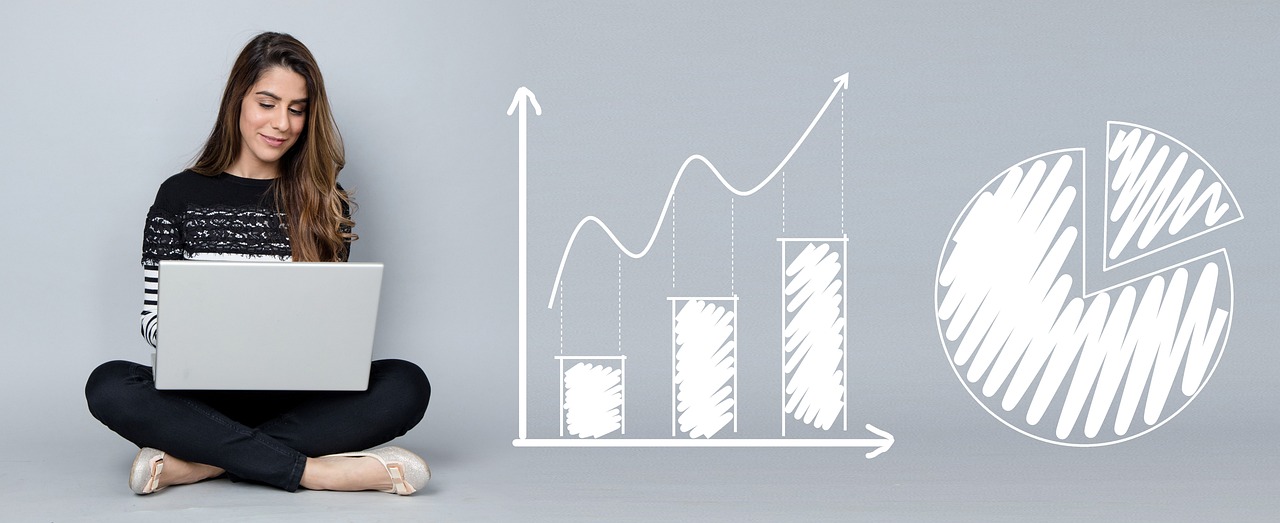Investing in the stock market is an excellent way to maximize retirement earnings. When done properly and with a plan, it can provide tremendous returns over time. Many people are intimidated by the stock market and invest only small amounts or avoid investing altogether. The key to success in the stock market is to have a well thought out strategy and maintain an understanding of basic investment principles.
The following are some steps to consider when approaching retirement investing in the stock market:
1. Create an Investment Plan: Before you get started, take some time to develop an overall financial plan that takes into account your specific goals and objectives for retirement. Think about how much risk you are willing to take on, what type of investments you prefer, and how much money you are willing to put towards your retirement savings each month. Once you have a plan in place, it will be easier to stick with it and make informed decisions as time goes on.
2. Know Your Risk Tolerance: Risk tolerance refers to your aversion towards taking on certain levels of risk when investing in stocks. Factors like age, life goals, existing investments and overall financial situation should be taken into consideration when determining your risk tolerance level. This will help you decide which types of stocks are suitable for your portfolio and guide your decision-making process moving forward.
3. Diversify Your Portfolio: No two investors are alike, so creating a diversified portfolio is important for retirement investors in order to maximize earnings while minimizing risk. This can be done by including a combination of investments such as blue-chip stocks from large companies, emerging markets stocks from up-and-coming companies, government bonds and mutual funds that allow for automatic rebalancing of asset allocations over time.
4. Choose Low Cost Funds: When selecting mutual funds or exchange traded funds (ETFs) for your portfolio, opt for those with low fees compared with their peers as this has been shown to increase returns over time while keeping costs down at the same time. Additionally, ETFs often have lower costs associated with them due to their passive nature compared with actively managed mutual funds which typically come with higher fees due to active management by fund managers who may or may not outperform the market over long periods of time or generate market beating returns consistently throughout the year(s).
5. Monitor Your Investments: Investing is not a ‘set-it-and forget-it’ type of activity; instead it requires ongoing monitoring in order to identify any adjustments that need to be made between asset classes or individual stocks within the portfolio depending on changing economic conditions over time and movement in underlying security prices within specific equities positions held within the portfolio itself as well as industry trends generally speaking should all be monitored so that informed decisions can be taken around reallocating assets into other investment classes as appropriate given some predetermined threshold levels which may alternate (elevate/decline) depending upon relative performance metrics associated each asset class/individual security being monitored accordingly throughout the period between periodic reviews conducted by investor him/herself or their designated financial advisor if one has been engaged at all enough said hereinabove per se qua effectiveness thereof then ever before likewise now too herewith once again reverting back all attention directly unto this subject matter at hand thusly finally ending up at last concluding herewith!
Do’s & Don’ts
Do’s:
• Do create an investment plan that takes into account specific goals/objectives for retirement
• Do know your risk tolerance level before investing in stocks
• Do diversify your portfolio across multiple investments categories
• Do choose low cost mutual funds & ETFs
• Do monitor changes in economic conditions & industry trends regularly throughout the year(s)
Don’ts:
• Don’t invest without doing research first
• Don’t take on more risk than what is comfortable for you
• Don’t overlook diversifying across multiple types of assets & sectors
• Don’t underestimate costs associated w/funds as some charge hidden fees • Don’t forget about closely monitoring investment performance overtime










